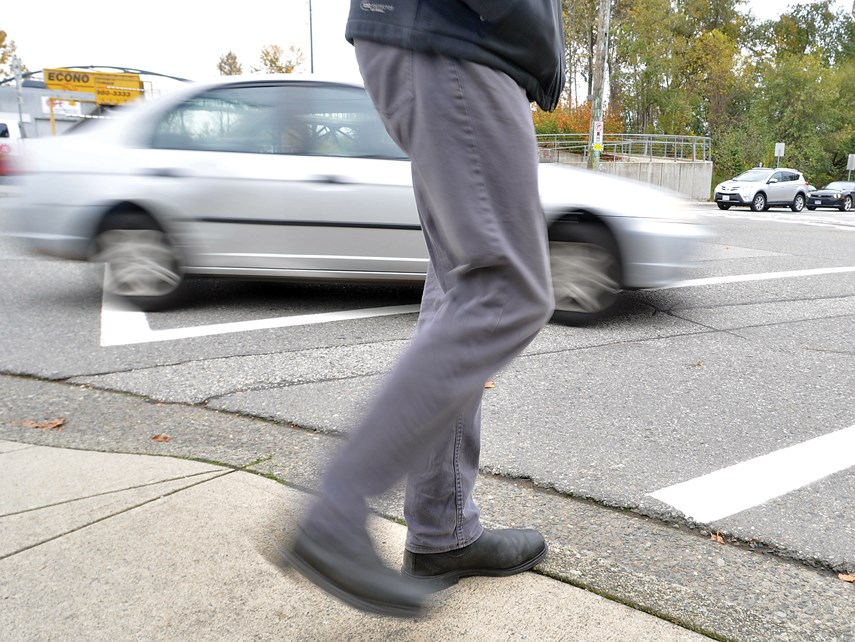Editor:
Re: Ask city hall: Signal timing on New Westminster’s radar, Record, April 13
Our city should be more walkable, with a focus on pedestrian safety at intersections.
In Theresa McManus’s article on pedestrian signals, Moody Park resident Phil Walkinshaw suggested repositioning some of the city’s budget from vehicle and equipment purchases to make this possible.
If a shift in budget allocation could be achieved, then a winning solution would be beneficial. On the first point of vehicle service life, Walkinshaw has a lot of experience buying and selling thousands of vehicles in over 30 years in the trade, many from various municipalities. He has seen numerous patterns with municipalities in how often they purchase, service time length, types and size of engines - gas, hybrid, propane, electric and diesel, options and resale value to name a few.
Not all cities have the same criteria and some are better than others in obtaining value for their taxpayers’ dollar. This may be a reason that he suggested that a rethink on vehicle and automotive equipment purchases could result in a significant savings that could be directed into increasing walkability.
On the second point, Walkinshaw participated last year with a Walkers’ Caucus detailed study of 65 pedestrian-controlled crossings with countdown timers which was presented to city council in May 2018. It seems difficult to understand why the city’s transportation department has trouble picking four intersections to try a one metre/second walking rate. There are presently 34 intersections with pedestrian-controlled crosswalks with audio and/or visual countdown timers from which the city can choose without major route network joint approval.
In 2021, the Transportation Association of Canada will introduce new national guidelines for a pedestrian walking speed of 1 metre/second in their sixth edition of the Manual for Uniform Traffic Control Devices for Canada.
This walking speed was determined by the University of Manitoba’s Dr. Jeannette Montufar in her 2007 peer-reviewed study. She established this speed along with a walking speed of 0.9 m/sec. for pedestrians 65 years-plus and a walking speed of 0.8 m/sec for those who use assistance devices such as canes, crutches or walkers.
It should be noted that a peer-reviewed 2018 study by the University of Sao Paulo’s School of Public Health in Brazil determined that over 69.7 per cent of people 60 years of age and over could not meet the 0.9 m/sec. walking speed. In a telephone conversation with Montufar in 2017, she stated that the pedestrian walking rate of 4 feet/sec. (1.22 m/sec) that had been used for years, and still is, was never based on any study and her research went back when this rate was first used in the early 1950s. Montufar, a past president of Canadian Institute of Transportation Engineers, also made submission in 2013 to changing the pedestrian walking speed to the U.S. Federal Highway Administration. Wouldn’t it be good if improving pedestrian safety at intersections was “essential” in this UN Decade of Action for Road Safety?
I am sure that if the city could save five or 10 per cent on vehicles, that could result in many crosswalks with countdown timers being adjusted to meet the “new” walking guidelines and thus making the city walk friendly.
Vic Leach, New Westminster



